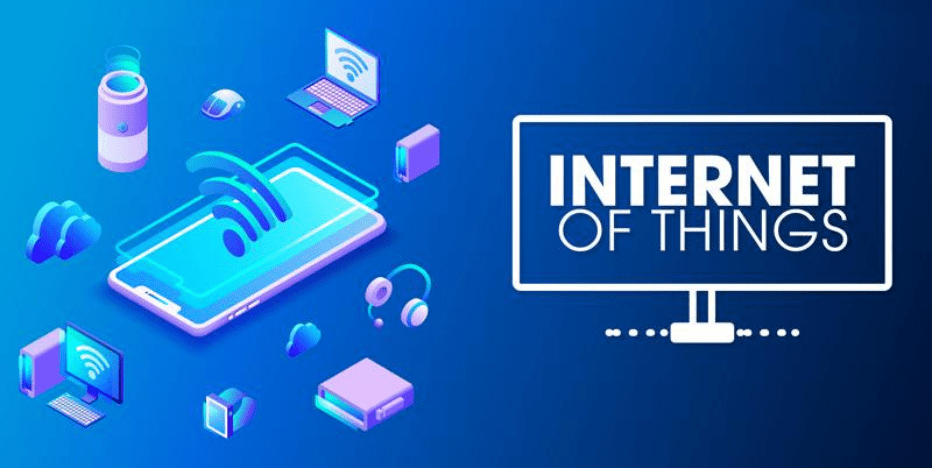Recent post
Subscribe to the Blog
Get our research-based blogs and stories delivered to your inbox.

By now, it’s clear that most businesses and industries are using an IoT project, and the number of users are growing with every passing day. Industries like manufacturing, transportation, and intelligent places are increasingly using IoT. Most manufacturers in these industries have already adopted IoT. About a quarter of projects are always in the use stage, and about two-thirds of companies plan to use IoT more in the next two years. Using Microsoft’s IoT Communications Report 2021 as a guide, here are 9 reasons to start using IoT immediately.
Now, firms spend in the Network of Things for various reasons. The key ones are automating work processes, collecting more advanced data, and improving life. But unfortunately, even though there are more and more IoT projects and our knowledge in this area is continually growing, most IoT projects fail. Find out what makes an Internet of Things project successful and how to prevent errors.
PoC is proof that the demand new can do certain things and solve specific problems for users. You might ask, “Why not a model?” The difference is this. A POC is an outcome that is not yet ready to be sold. The goal is to discover what tools and technologies could be used to create a prototype.
The prototype is a process for making a product that can be sold, while a POC is used to show that a concept is possible. Organizations develop a prototype device at the PoC creation stage, figure out how it will be used, test it in different settings, and write down what they find. Therefore, companies that want to make a complex IoT solution need to do extensive research and PoC.
IoT can also gather important information that can help a business stay in business longer. For example, an organization can reduce its impact on the environment and carbon emissions by keeping an eye on how much and what power is used. It can also help cut down on waste and be used in some industries to keep an eye on habitats that are in danger.
34% of the organizations surveyed for the IoT Signals Report say they are putting sustainability goals at the top of their to-do lists for the next few years. Likewise, about 50% expect to reach carbon net-zero by 2025. As a result, when organizations use IoT to cut costs or improve efficiency, they often use fewer natural resources.
Many companies forget to do market research when doing a software project, and IoT projects are no different. This step directly affects the end result: if you don’t study the market, you probably won’t be successful.
Having a great idea is important. Your IoT project may fail if you build a solution you’re your customers don’t want. IoT surveys show that 42% of the product doesn’t sell because the market didn’t need them.
So, before making an IoT project, you should develop a concept for the product. Your future IoT solution will be built around a project idea and business goals. Find out who you want to reach and what problems they have.
Then, do a competitor analysis. Find your main competitors who lead the market in the niche you want to fill, and look at how they solve user problems. Also, look at how your competitors’ products work, what makes them unique. By thinking about these essential things, you’ll know what features to add to your solution to make it stand out from the rest.
When companies use an IoT project, they enhance the reliability of their work environments by letting systems react to what is happening. For example, disasters can be skipped if you can tell if a machine is broken or dangerous or if safety is being compromised at work. IoT can also be used to collect and analyze data about employees’ health, which can help ensure safety rules are followed.
Keeping an eye on the air quality and other things at work can also make a space safer. One of the top three reasons companies use IoT is to improve safety. 37% of power and utility companies and 45% of oil and gas companies use IoT to make workplaces safe. In addition, 46% of companies in the industry of the intelligent place are also using IoT to make buildings safer. Finally, over one-third of manufacturing companies use technology to make their plants safe.
Different sensors can measure pressure, temperature, motion, and humidity. Actuators move or control things. There are robot arms, controllers, and drones among them.
Businesses link sensors and actuators with the help of wireless networks. Different technologies, like Wi-Fi or Bluetooth, show depending on the IoT application. A well-designed network is vital to a successful IoT system deployment because it lets devices talk to each other over a single network connection.
You need to move fast in these competitive times! There is a direct link between development time and time to value. So, this is especially true for large installations with many phones. As per a logo design UK company, the faster you show that your IoT project is sound, the more help you’ll get. Use what other people have learned. The question here is whether to make or buy.
Silo thinking is out, especially when it comes to the IoT. For IoT projects to be successful, people from different parts of the company need to work together. At least, that’s what more than half of those whose IoT projects worked out say. So, bring together teams from IT, OT, and the business line.
Scalability is like adaptability, which we just talked about. But because it’s so important, I want to discuss it more. It’s good to start small and then grow. But the reason an IoT project fails is that they are getting bigger. It doesn’t matter if I have 30 devices or a thousand or more. So, right from the start, you should think about how your proposal can continue to grow after the launch.
Consider that you shouldn’t limit your considerations to just these 5. More factors of IoT Projects should be considered, especially those unique to the industry, the project’s scope, and its overall size and breadth. Of course, it helps to be aware of potential pitfalls before beginning your IoT project. The most fantastic way to see what is ahead for your company is to consult an expert about what it needs.
Get our research-based blogs and stories delivered to your inbox.
 Top Mobile App Development Firms
Top Mobile App Development Firms
 Top Web Development Firms
Top Web Development Firms
 Top On Demand App Developers Firms
Top On Demand App Developers Firms